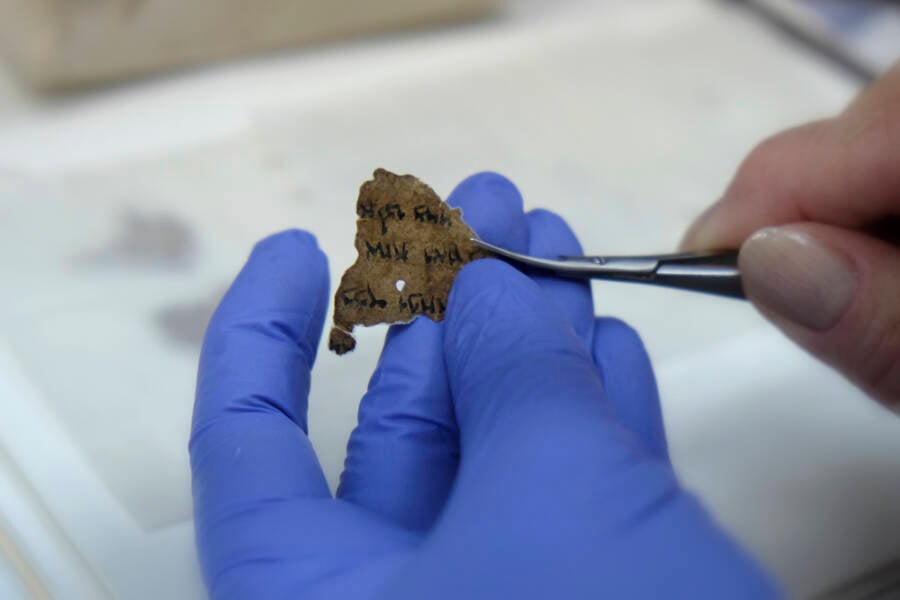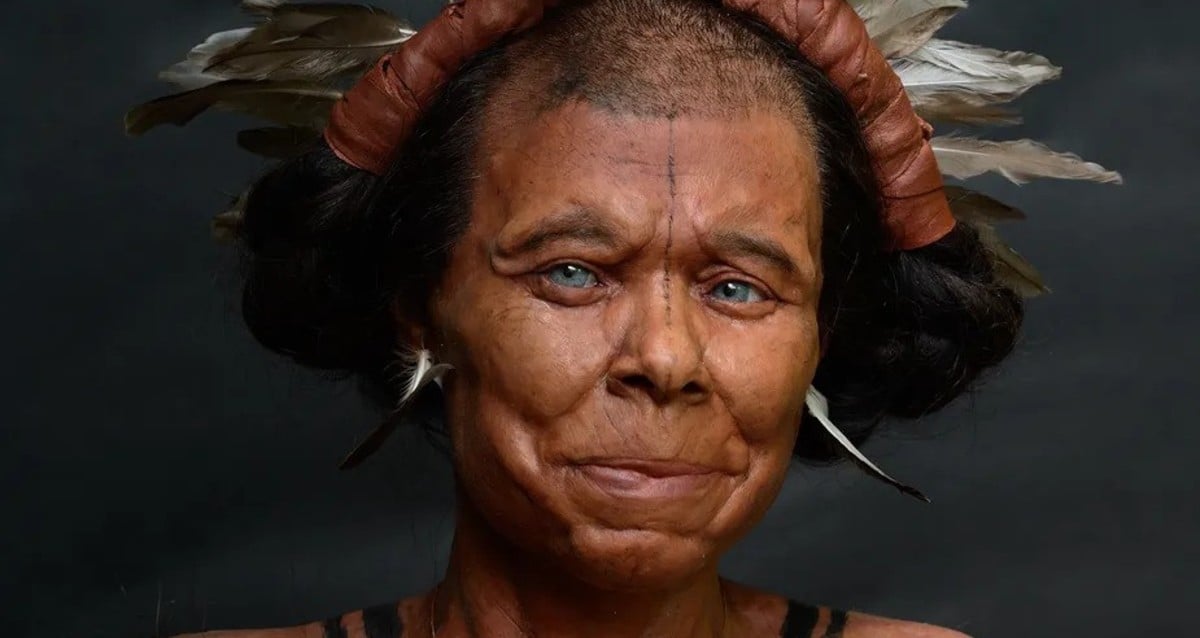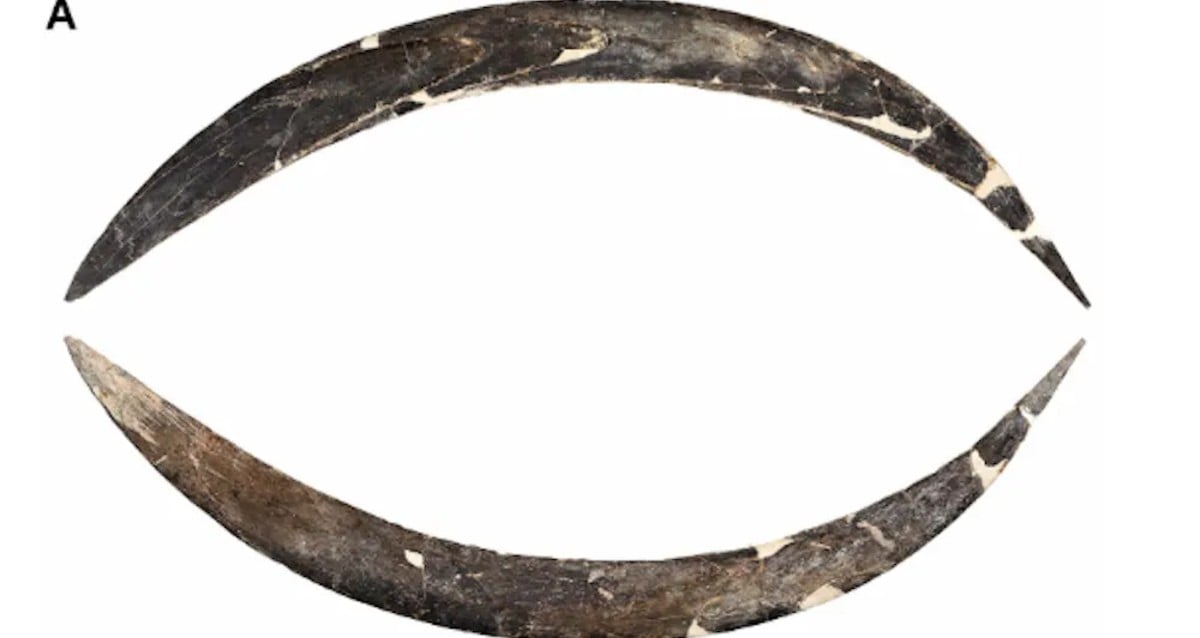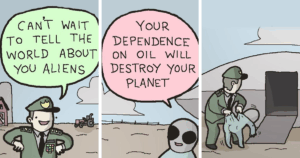Unlocking the Mystery: How the Dead Sea Scrolls Survived—and What Might End Them
Because this technique was not common in the region in which this document was found, this suggests that the parchment for the scroll was likely exported from somewhere else outside the Dead Sea region.
“This study has far-reaching implications beyond the Dead Sea Scrolls,” Rabin said in a press release on the study which was published in the journal Science Advances.
“For example, it shows that at the dawn of parchment making in the Middle East, several techniques were in use, which is in stark contrast to the single technique used in the Middle Ages,” Rabin continued, “The study also shows how to identify the initial treatments, thus providing historians and conservators with a new set of analytical tools for classification of the Dead Sea Scrolls and other ancient parchments.”
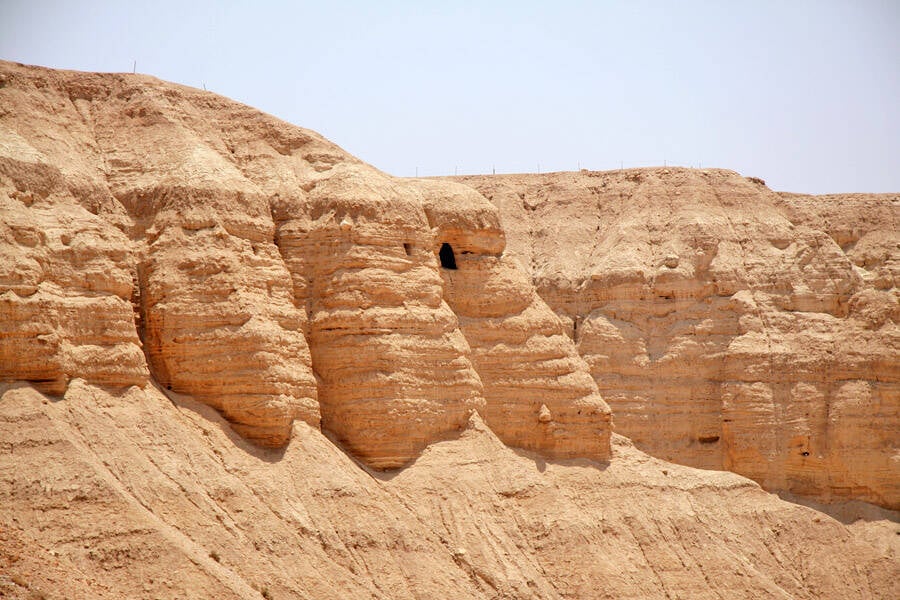
Wikimedia CommonsThe Qumran Caves in the Judaean Desert, where the Dead Sea Scrolls were found.
Previous studies of the Temple Scroll established that the manuscript — unlike other Dead Sea Scrolls — had several distinct layers: an organic layer, made of animal skin (typically taken from goats, sheep, or cows) used as the parchment’s base and an inorganic layer of minerals that may have been rubbed on during its “finishing.”
Understanding how this parchment was made is important so that researchers will be better able to identify forgeries and utilize the proper method of preservation to keep this ancient document from continuing to deteriorate.
Next, read about the discovery of another Dead Sea Scrolls cave as recently as 2017. Then, learn about the fake Dead Sea Scrolls on display at the Museum of the Bible.
